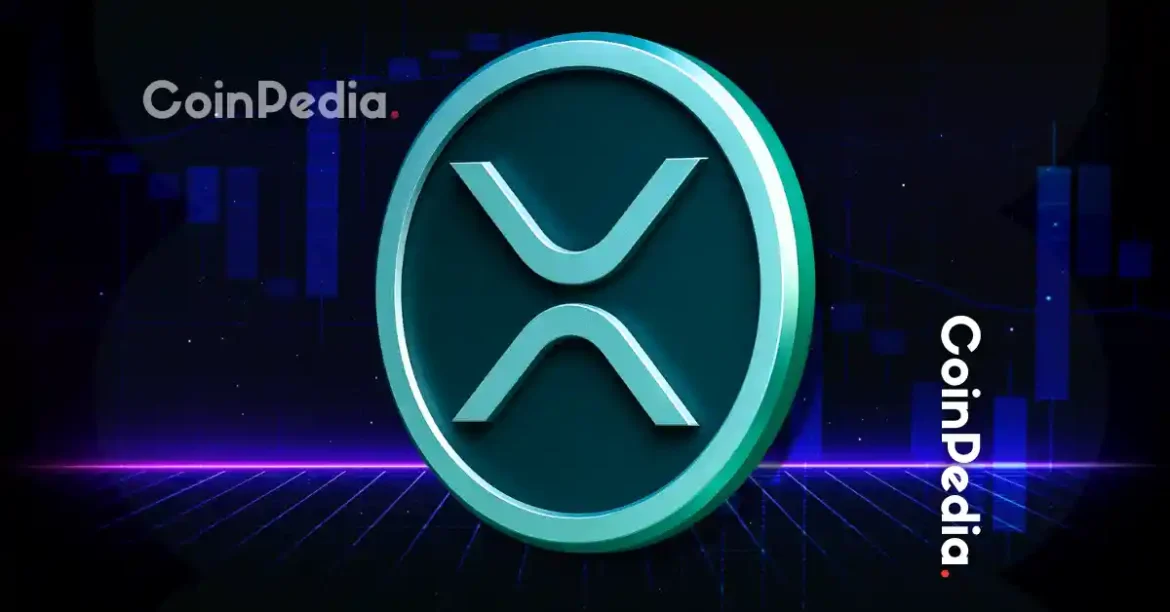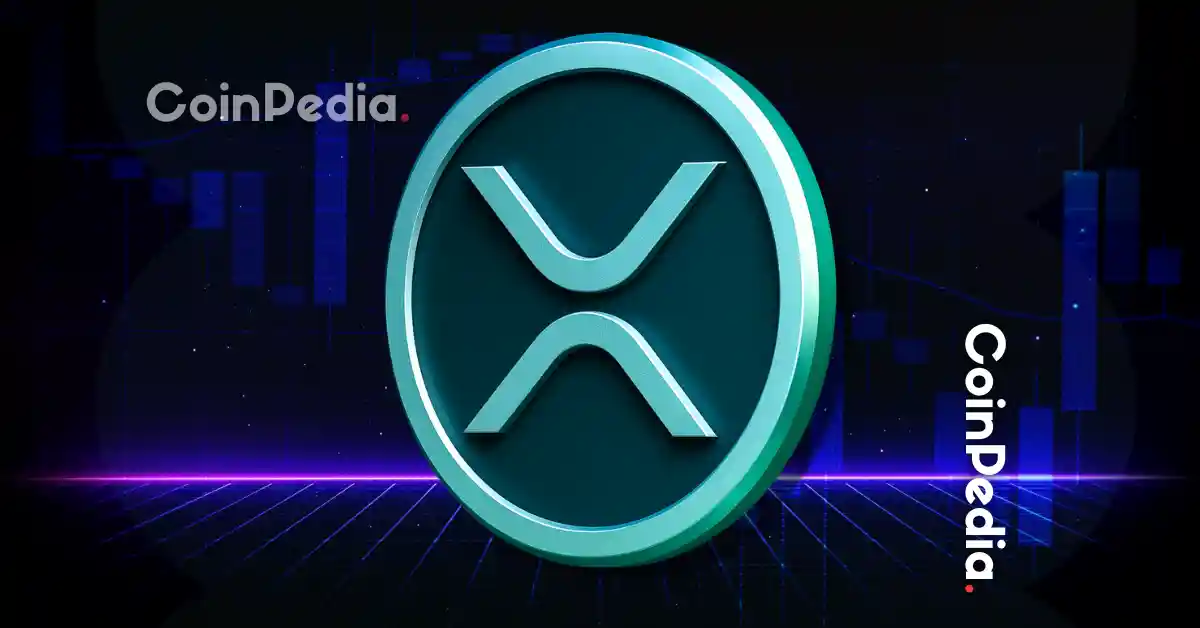Wellgistics Health and XRP: A Strategic Revolution in Healthcare
Introduction: The Intersection of Healthcare and Blockchain
The healthcare industry is undergoing a digital transformation, with blockchain technology emerging as a disruptive force. Wellgistics Health, a NASDAQ-listed company (ticker: WGRX), has taken a bold step by integrating XRP, the digital asset developed by Ripple Labs, into its financial and operational framework. This move is not just about adopting a new payment method—it represents a strategic shift toward efficiency, transparency, and financial innovation in healthcare. However, the question remains: Is this a genuine revolution, or is it a speculative play designed to attract investor attention?
The Strategic Advantages of XRP in Healthcare
1. Faster and Cheaper Transactions
One of the most compelling reasons for Wellgistics Health to adopt XRP is its ability to facilitate near-instant, low-cost transactions. Traditional payment systems, such as bank transfers and credit card processing, often involve delays of days and high fees. In contrast, XRP transactions settle in approximately three seconds, making it an ideal solution for healthcare payments.
– Healthcare Reimbursements: Insurance claims and provider payments could be processed in real time, reducing administrative burdens and improving cash flow for healthcare providers.
– Supply Chain Efficiency: By using XRP for supplier payments, Wellgistics Health can streamline its supply chain, reducing working capital requirements and improving operational efficiency.
– Cross-Border Payments: In an increasingly globalized healthcare market, XRP’s ability to facilitate low-cost, fast cross-border transactions provides a significant advantage over traditional banking systems.
2. A Strategic Reserve: More Than Just Speculation
Wellgistics Health has not only adopted XRP for transactions but has also established an XRP-based strategic reserve. This reserve serves multiple purposes beyond mere speculation:
– Collateral for Loans: XRP can be used as collateral to secure financing, providing Wellgistics Health with greater financial flexibility.
– Yield Generation: The company could earn passive income by staking its XRP holdings or participating in other yield-generating activities within the XRP Ledger (XRPL) ecosystem.
– Hedging Against Volatility: XRP can be used to hedge against currency fluctuations, particularly in international transactions.
3. The Role of the XRP Ledger (XRPL) in Healthcare Innovation
The XRP Ledger is not just a payment network—it is a decentralized, open-source blockchain designed for speed, security, and programmability. Wellgistics Health’s adoption of XRPL could revolutionize several aspects of healthcare operations:
– Smart Contracts for Automated Processes: XRPL supports smart contracts, enabling the automation of insurance claims, patient record management, and pharmaceutical supply chain tracking.
– Transparency and Auditability: All transactions on the XRPL are publicly recorded, ensuring a high degree of transparency and reducing fraud risks.
– Security and Decentralization: The XRPL’s decentralized nature makes it resistant to censorship and single points of failure, enhancing data security.
The Saudi Royal Family Investment: A Vote of Confidence?
Recent reports suggest that Prince Abdulaziz of the Saudi Royal Family has invested in an XRP-based digital asset treasury within VivoPower, a company linked to Wellgistics Health’s strategy. While the exact relationship between VivoPower and Wellgistics Health remains unclear, this investment signals strong confidence in the long-term potential of XRP in healthcare. Such high-profile backing could attract further investment and legitimacy to Wellgistics Health’s blockchain initiatives.
Potential Risks and Challenges
Despite the promising aspects of Wellgistics Health’s XRP adoption, several risks must be considered:
– Regulatory Uncertainty: The legal status of XRP varies by jurisdiction, and regulatory changes could impact Wellgistics Health’s operations.
– Price Volatility: XRP’s value fluctuates significantly, which could affect the company’s financial stability if not managed properly.
– Security Risks: While XRPL is secure, cyber threats remain a concern, requiring robust security measures.
– Adoption Barriers: Healthcare providers, insurers, and patients may resist adopting XRP due to unfamiliarity or skepticism.
– Scalability Concerns: Wellgistics Health must ensure that XRPL can handle the transaction volume as its operations expand.
Investor Buzz vs. Real Strategy: Separating Hype from Reality
The adoption of XRP by Wellgistics Health has undoubtedly generated significant investor interest. However, the question remains: Is this a genuine strategic move or a marketing ploy?
– Operational Integration: The company’s focus on integrating XRP into its financial and supply chain operations suggests a serious commitment to blockchain technology.
– Strategic Reserve: The establishment of an XRP-based reserve reinforces the idea that this is more than just a speculative play.
– Investor Attention: The hype around XRP could boost Wellgistics Health’s stock price and attract new funding, but long-term success depends on tangible operational benefits.
Conclusion: A Pioneering Path or a Flash in the Pan?
Wellgistics Health’s adoption of XRP represents a bold experiment in healthcare innovation. By leveraging the speed, efficiency, and cost advantages of the XRP Ledger, the company aims to transform its payment processes, supply chain management, and financial operations. However, the success of this strategy hinges on its ability to navigate regulatory challenges, manage volatility, and demonstrate real-world benefits.
If Wellgistics Health can overcome these hurdles, its XRP integration could set a precedent for blockchain adoption in healthcare. If not, it may be remembered as a speculative gamble rather than a true revolution. Only time will tell whether this move will be a pioneering path or a fleeting trend.





